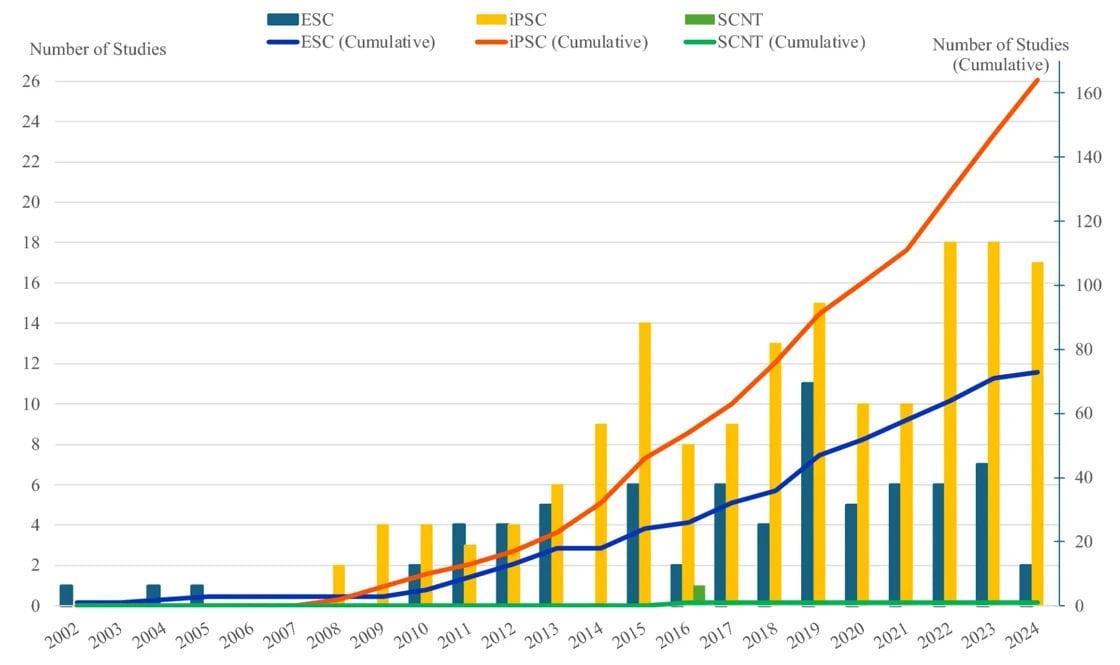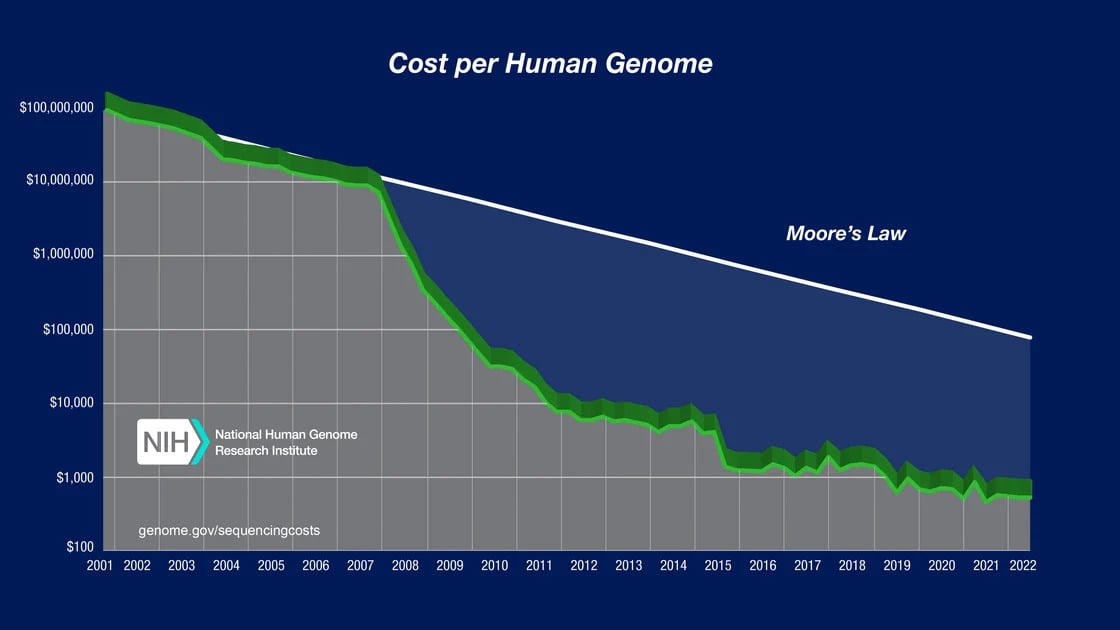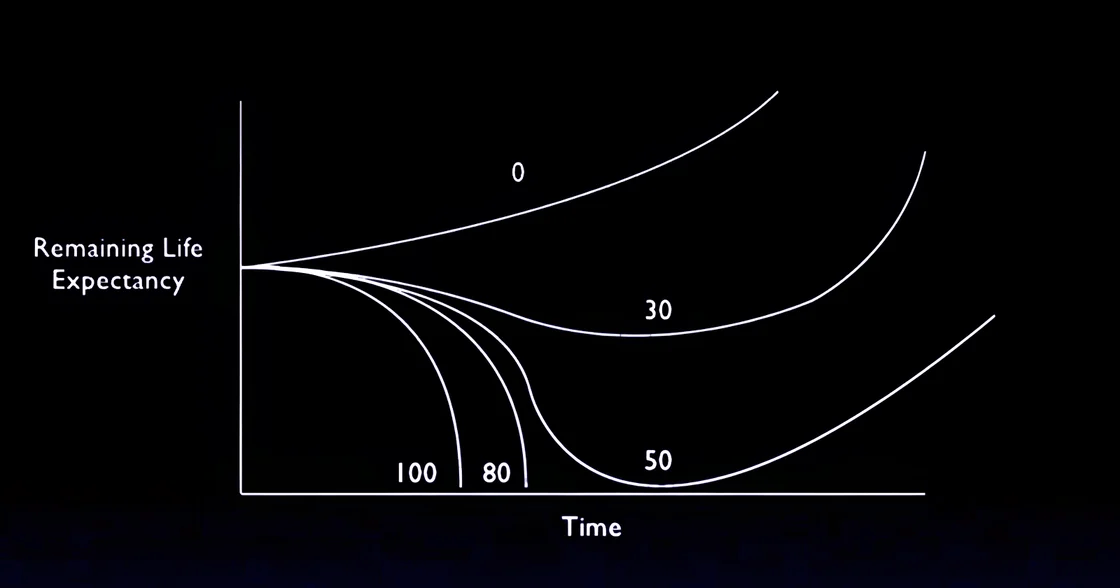
How to Find Excellence in Stem Cell Treatment
Metatrend #4: Longevity, Medicine & Biotechnology
What it is
The stem cell landscape is undergoing its most dramatic shift in decades. Florida just broke the mold: SB 1768 allows non-FDA-approved stem cell therapies for orthopedic conditions, wound care, and chronic pain. Effective July 1, 2025. Utah followed with placental stem cell authorization. Texas, Colorado, Alabama, and Georgia are advancing similar bills.
This US state-level revolution is rewriting the playbook. For years, Americans flew to Panama or South Korea for treatments unavailable at home. Now? Legal options are emerging domestically. These laws require FDA-registered facilities, informed consent, and professional accountability, not criminal penalties.
The global regulatory patchwork remains complex: Japan offers conditional approval, South Korea subsidizes trials, while Mexico lacks dedicated frameworks. But with US federal legislation H.R. 340 (the HCT/P Modernization Act) pushing the FDA toward regulatory clarity and streamlined pathways, plus states claiming medical practice authority, we're seeing the first steps toward regulatory convergence that balances innovation with safety.
NOTE: This September, I'm taking an exclusive group of investors, CEOs, and longevity enthusiasts on my annual Longevity Platinum Trip for first-hand exposure to breakthrough stem cell research at Harvard Medical School and cutting-edge longevity companies. Click here to request your private invitation.
Why it matters
We are on the cusp of a stem cell revolution. Understanding and harnessing these unique cells may unlock breakthroughs in longevity and therapeutic solutions to all kinds of chronic diseases and regenerative opportunities.
The numbers tell the story: over the last decade, stem cell research publications have increased 40x. The global stem cell therapy market is expected to nearly triple from $11.2 billion in 2022 to over $31 billion by 2030. And recent studies show stem cell augmentation can increase lifespan by approximately 40% in animal models.
But here's the challenge: regulatory fragmentation creates a Wild West scenario where quality varies dramatically. While some patients access life-changing treatments, others face unproven therapies or substandard care. The recent US state-level changes are democratizing access, but they're also amplifying the need for informed decision-making.
Below is a five-point framework to help you vet stem cell centers worldwide, based on scientific integrity, clinical safety, and real-world results:
1. Regulatory Setting: The safest providers operate under clear national cell-therapy laws or conditional-approval pathways overseen by established health authorities. Nations like Japan, South Korea, and Switzerland have created structured frameworks that balance innovation with patient protection. Avoid facilities operating in regulatory gaps.
2. GMP Manufacturing and Accreditation: Quality stem cell therapies require pristine processing environments. Look for centers with in-house or partnered facilities meeting national Good Manufacturing Practice standards. ISO certifications offer additional assurance that cells are handled according to international quality benchmarks.
3. Published Clinical Evidence: Reputable centers base treatments on peer-reviewed research or offer licensed allogeneic products with demonstrated safety profiles. The science should be transparent and accessible—be wary of providers making extraordinary claims without supporting evidence.
4. Breadth of Indications and Patient Volume: Established centers typically offer mature treatment protocols across multiple conditions (five or more) and have successfully treated substantial patient populations (over 1,000 procedures). This depth of experience suggests refined protocols and complication management.
5. International-Patient Infrastructure: Quality centers serving global patients provide English-language concierge support, transparent pricing structures, and comprehensive medical tourism logistics, from initial consultation through treatment and follow-up care.
You can use this framework to identify providers operating at the intersection of scientific integrity, clinical experience, and patient-centered care.
In this revolutionary but still-maturing field, systematic evaluation helps to maximize your potential for safe and effective treatment.
Other Key Tech Developments This Week:
1
FDA approves twice-yearly HIV prevention injection with 100% effectiveness in clinical trials
2
AI avatars outperform human hosts with $7 million in livestream sales
3
SoftBank proposes $1 trillion Arizona AI and robotics hub to rival China's Shenzhen
Until next time,
Peter
Topics: Abundance Entrepreneurship Abundance 360







